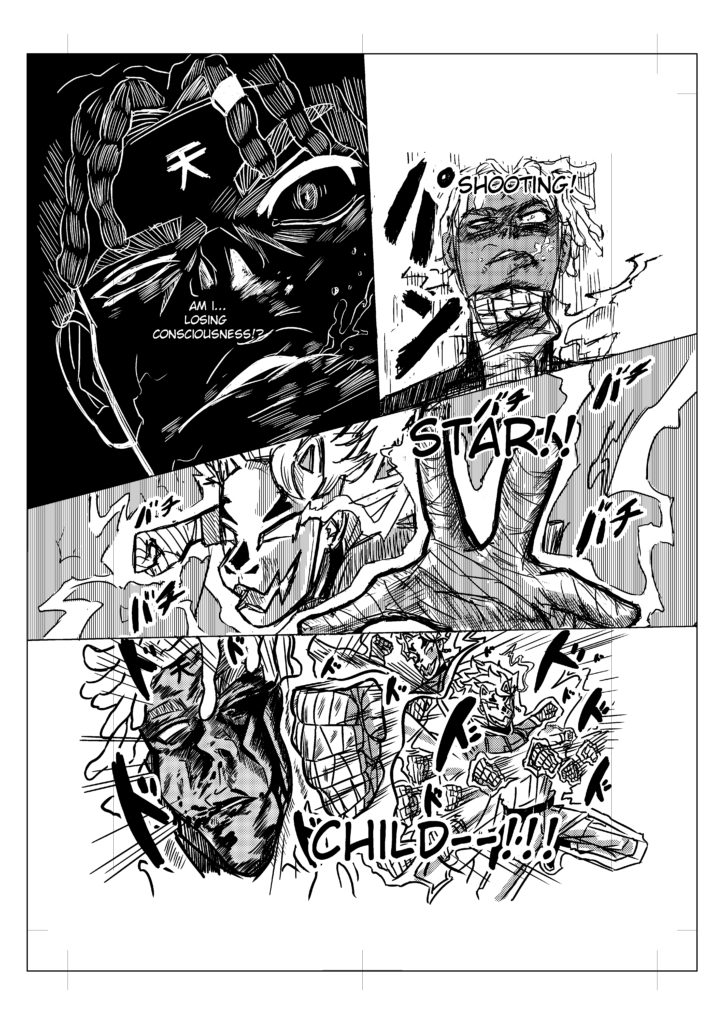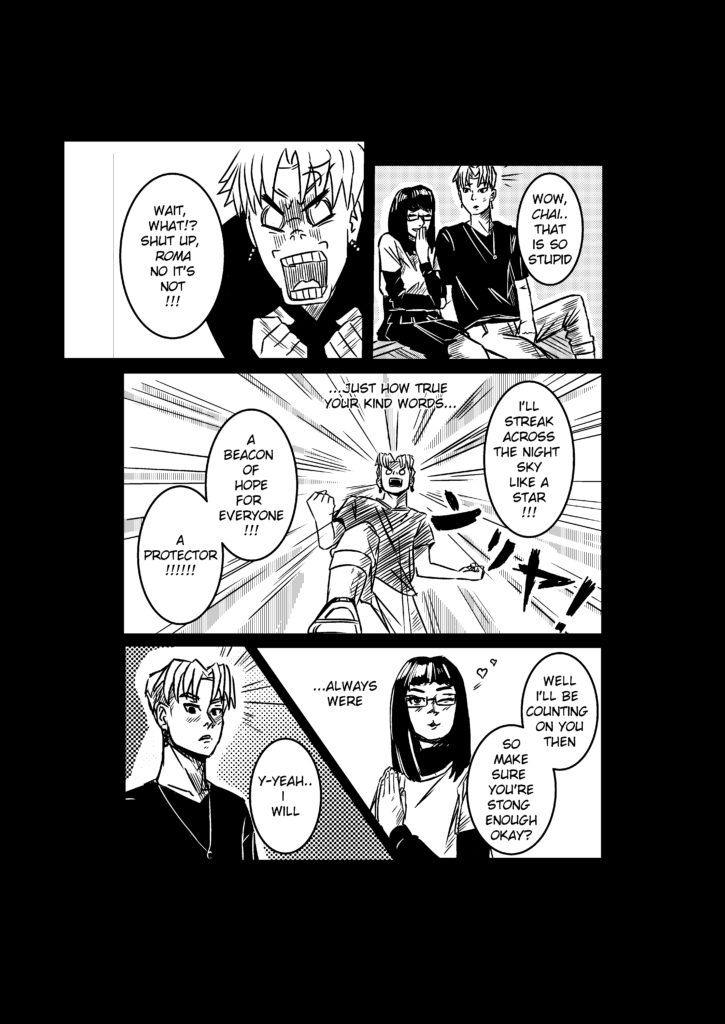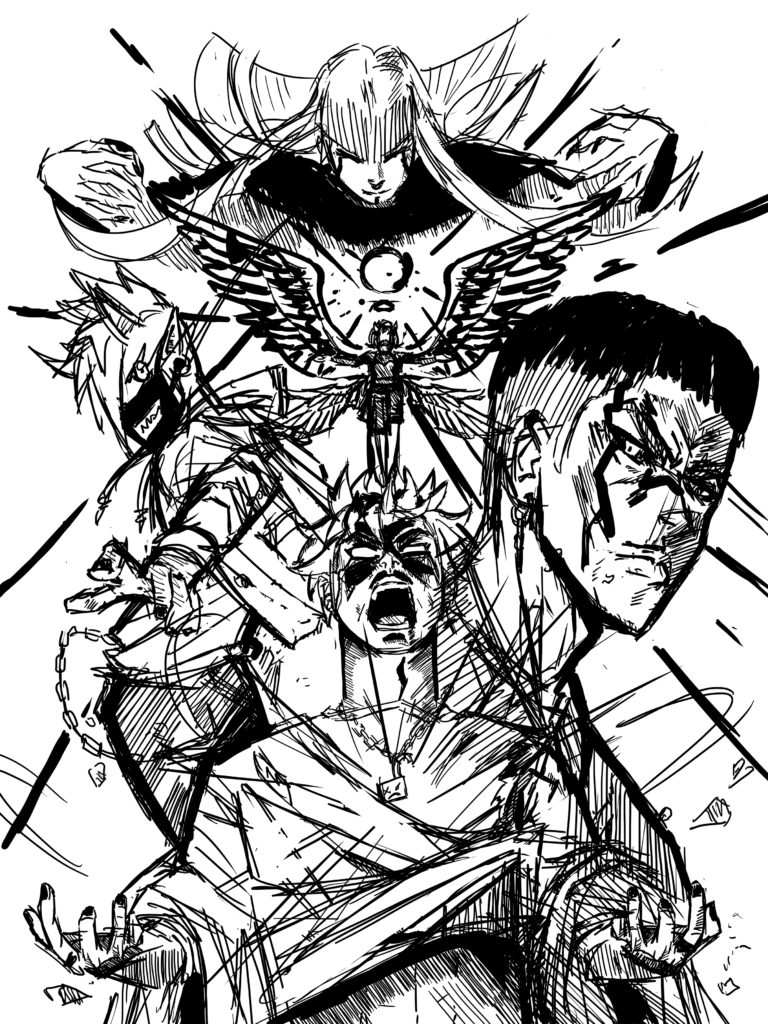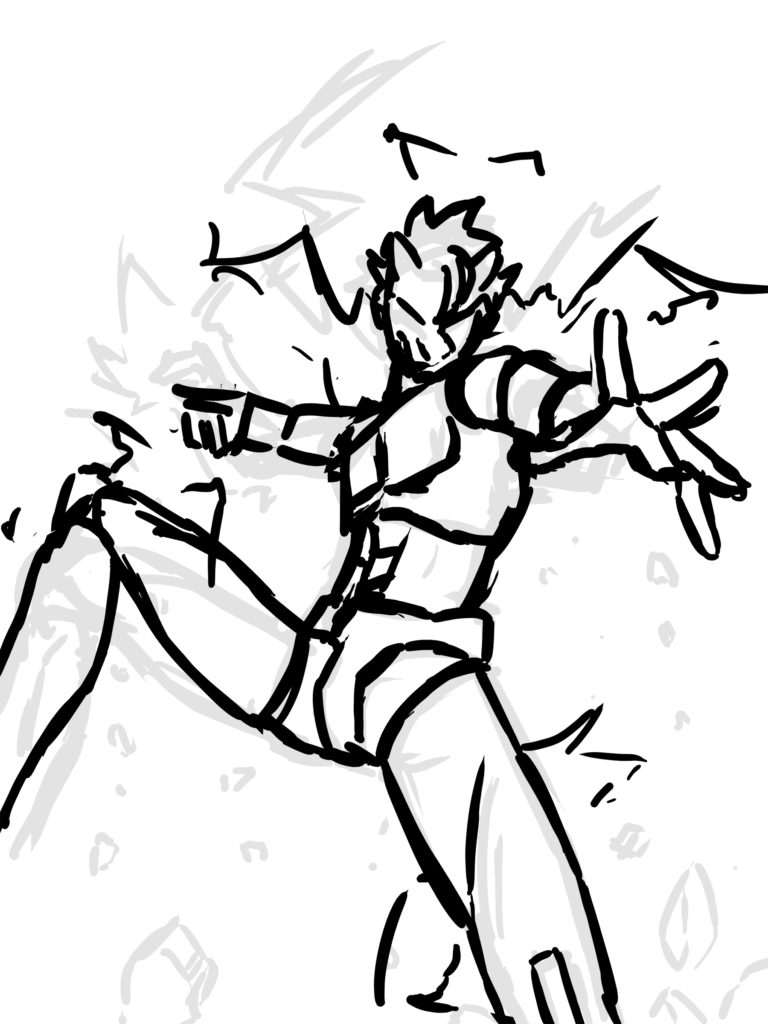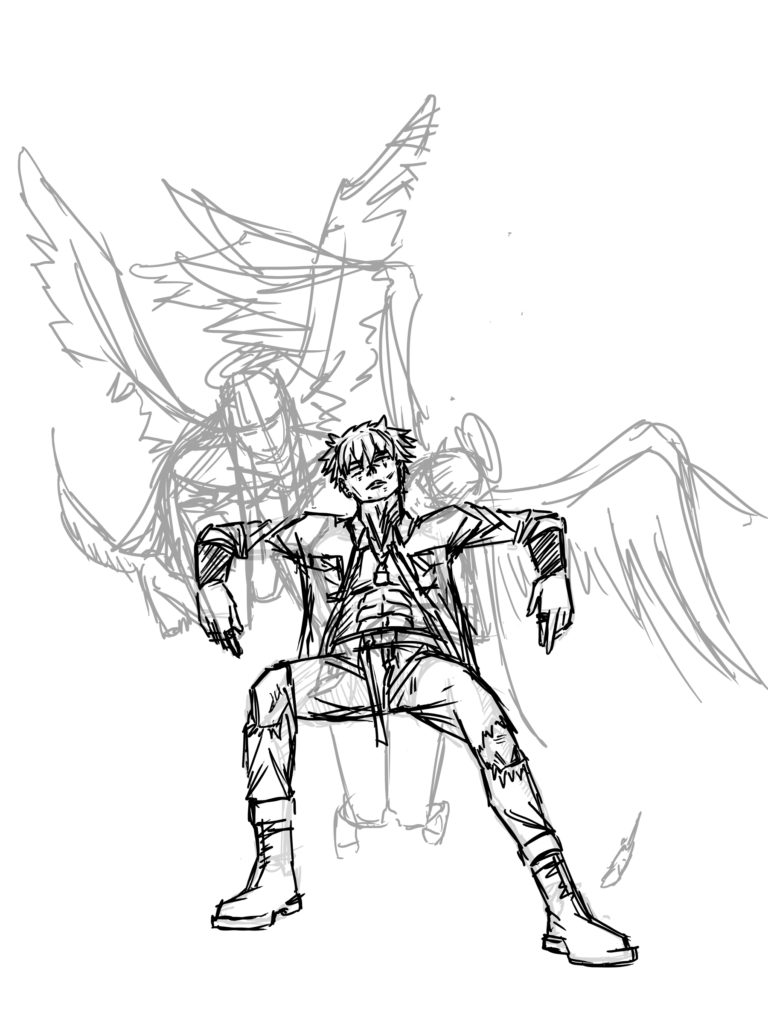Chance Gayles
IMM 498
November 25, 2019
Prototype 3 Write Up / elevator pitch
For my third prototype, I decided to draft a streetwear design using hand-drawn graphics that takes elements from both design philosophies of Manga IP merchandise and streetwear. I created the graphic using photoshop, mocked it up using an online generator, then brought it back into photoshop to add finishing touches. The purpose of this exercise was to attempt to balance elements of the two styles in an attempt to breakdown the aesthetic differences between the two and create my own. I could have even gone as far as creating a physical version to demo but distance circumstances don’t allow that.
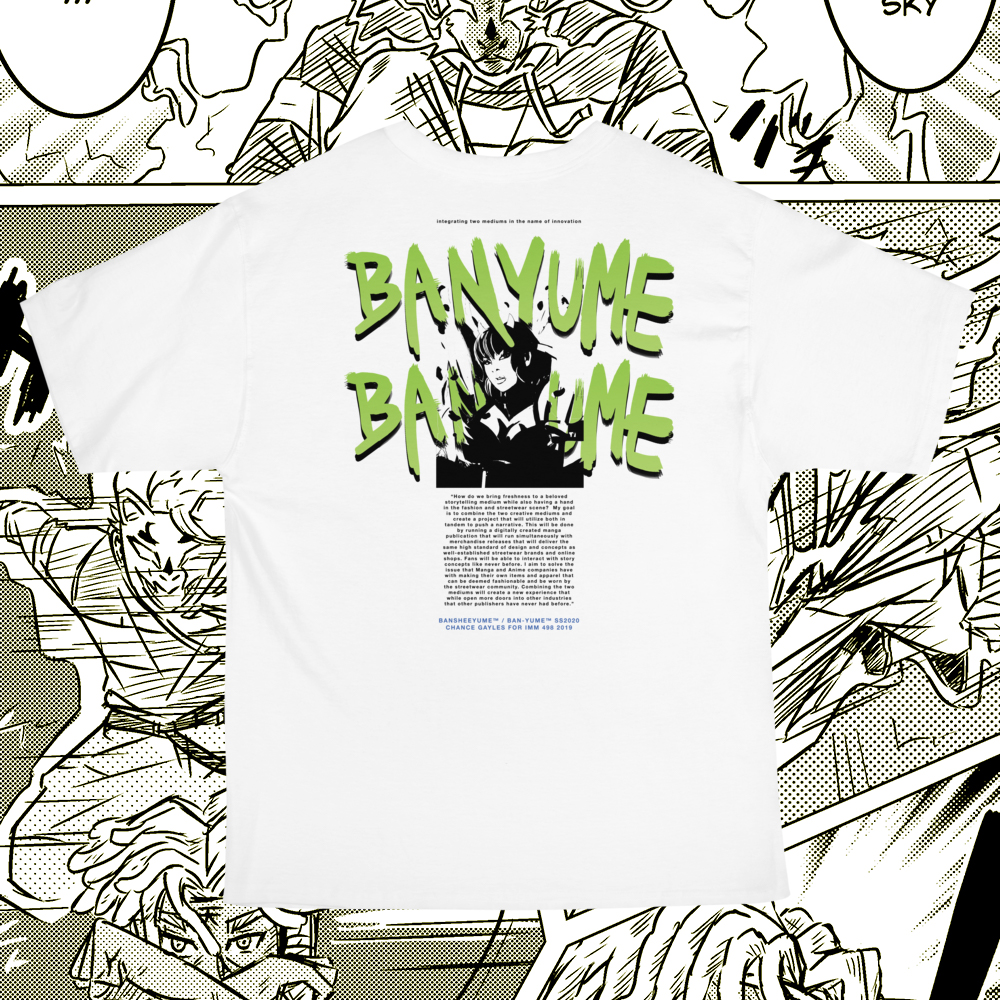
Examples of IP merchandise (top) and Streetwear Merchandise (bottom)
Elevator pitch
“How do we bring freshness to a beloved storytelling medium while also having a hand in the fashion and streetwear scene? My goal is to combine the two creative mediums and create a project that will utilize both in tandem to push a narrative. This will be done by running a digitally created manga publication that will run simultaneously with merchandise releases that will deliver the same high standard of design and concepts as well-established streetwear brands and online shops. Fans will be able to interact with story concepts like never before. I aim to solve the issue that Manga and Anime companies have with making their own items and apparel that can be deemed fashionable and be worn by the streetwear community. Combining the two mediums will create a new experience that while open more doors into other industries that other publishers have never had before.”
